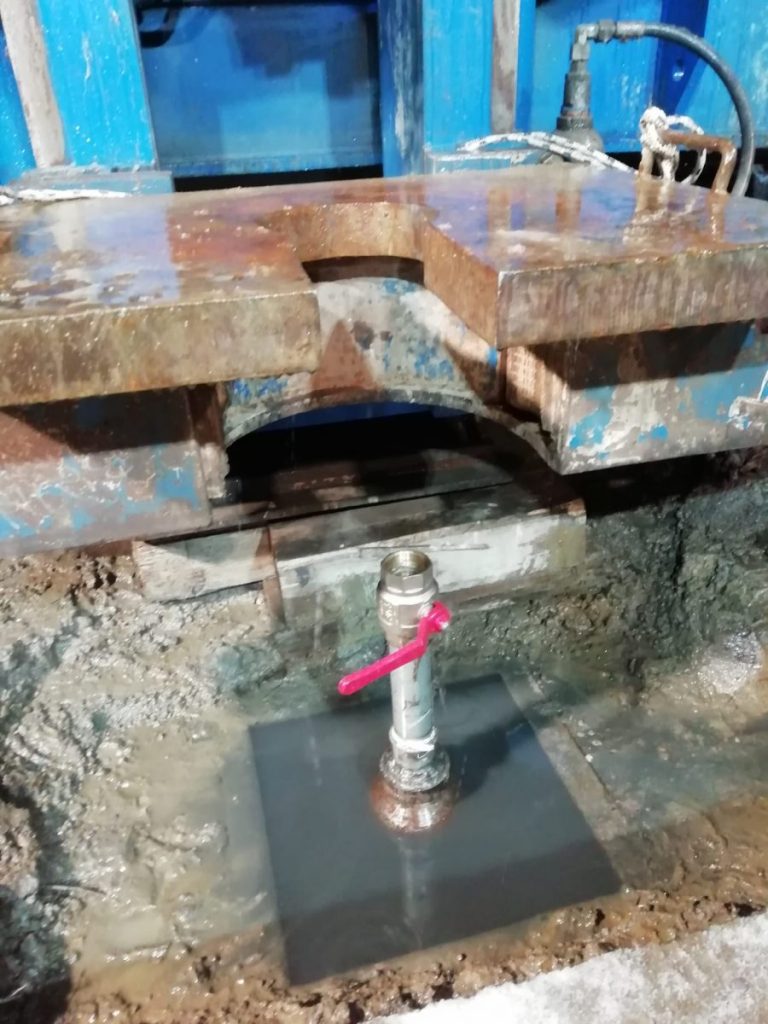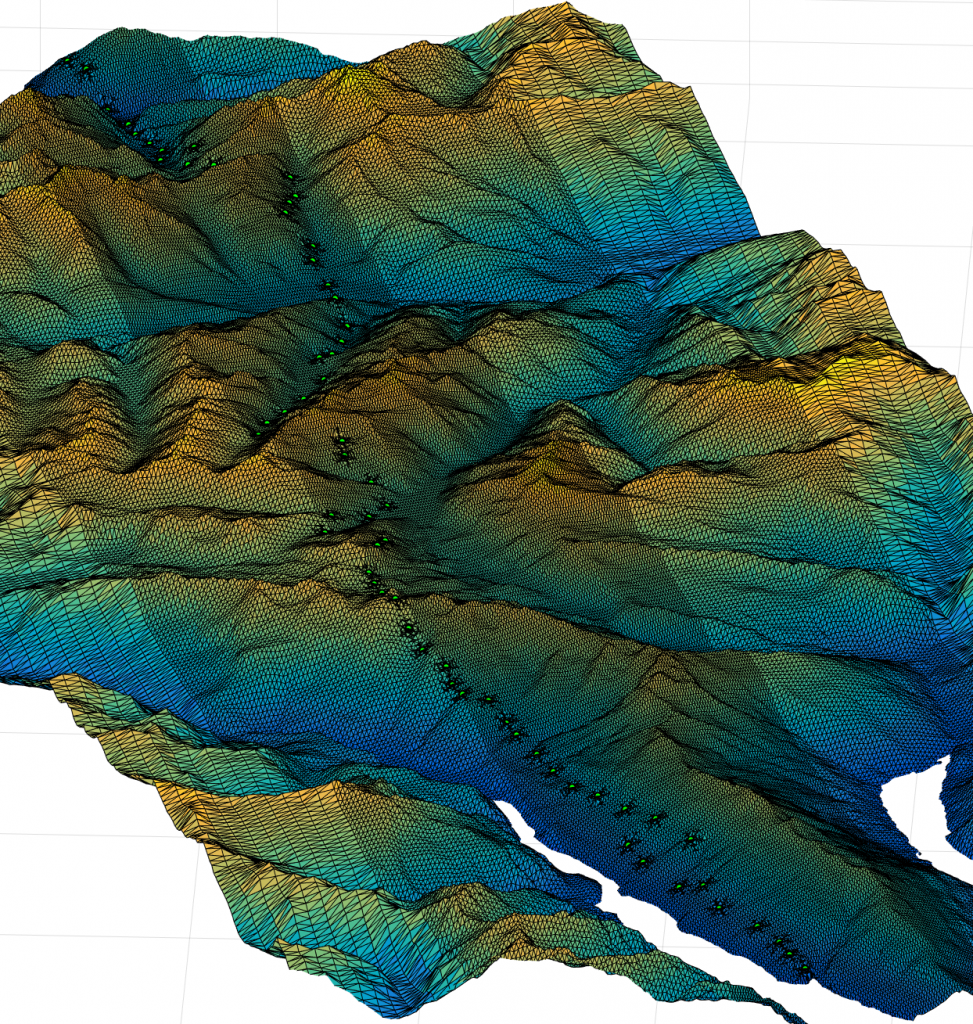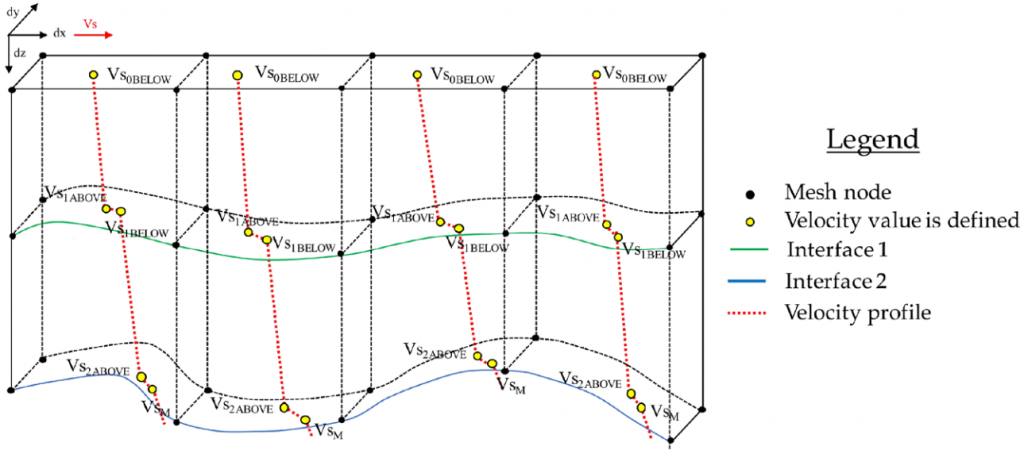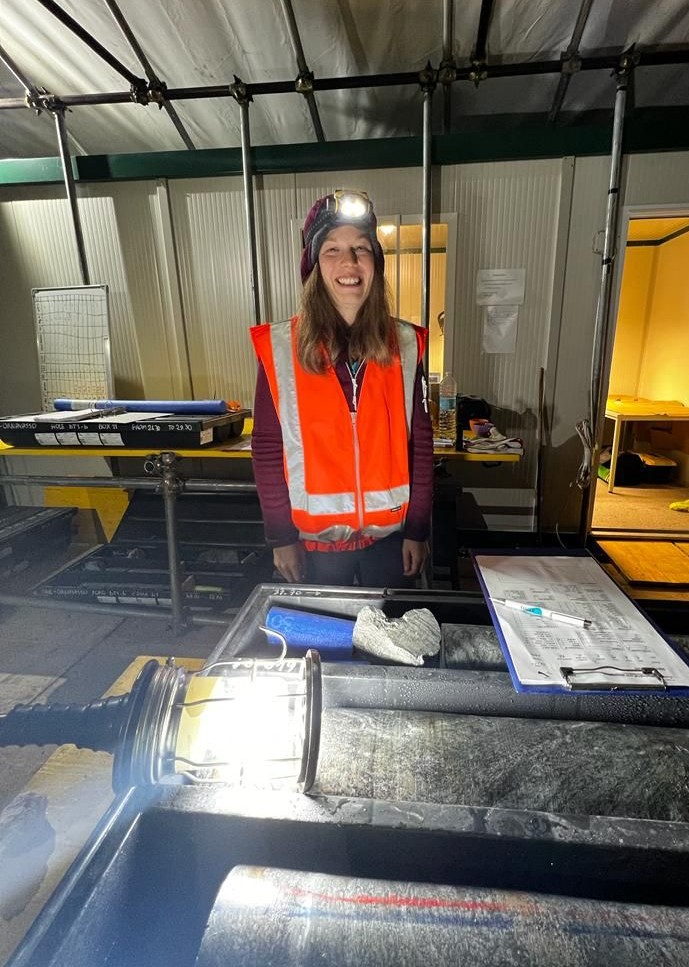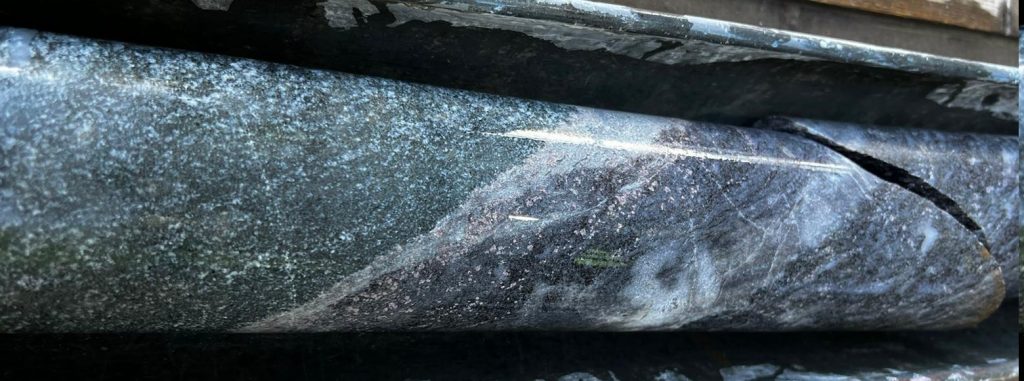The thickness of the crust is a key structural parameter in many studies, from geodynamics to surface processes. Following a multi-year effort, and based on the several seismic networks (AlpArray, PACASE, EASI, CIFALPS-I), our publication on the crustal thickness of a large area, encompassing the entire Alps and many of its adjacent regions, has just been published. It is more that a mere map, it also presents numerous cross-sections, and openly shares the raw and processed seismological data (receiver functions) for future users. For full details, see Michailos et al. (2023) in ESSD.






